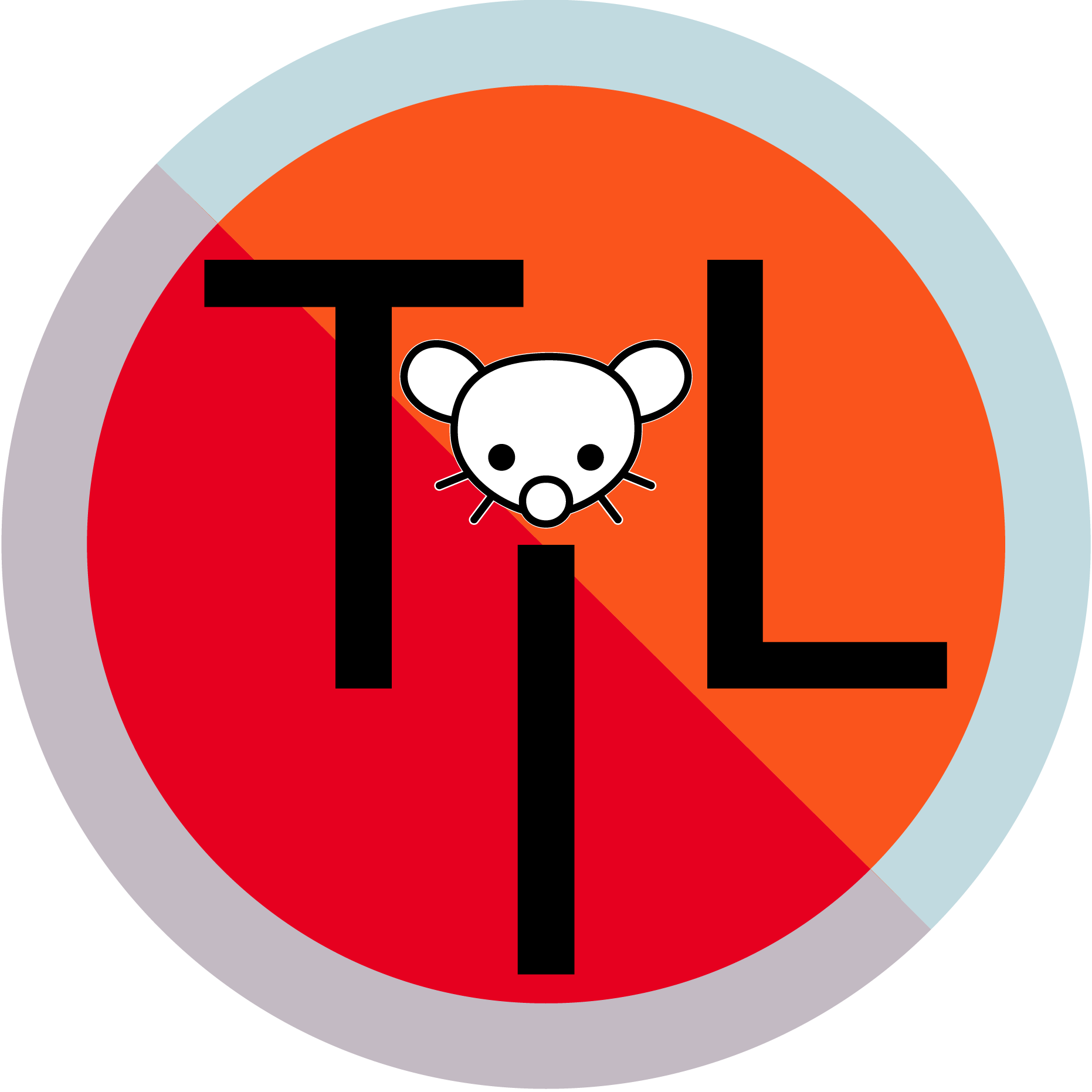

What you might be referring to is the question whether you’d like to import the GPG key for that repository. That happens when you first install a package from that repository. Could that be the one? I’m not aware of any other prompts.


What you might be referring to is the question whether you’d like to import the GPG key for that repository. That happens when you first install a package from that repository. Could that be the one? I’m not aware of any other prompts.
WSL 1 is a compatibility layer that lets Linux programs run on the Windows kernel by translating Linux system calls to Windows system calls, so in that sense I understand the name: it’s a Windows subsystem for Linux [compatibility]. It doesn’t use the Linux kernel at all. With WSL 2 they’re using a real Linux kernel in a virtual machine, so there the name doesn’t make much sense anymore.
I’m not sure, it depends on your configuration and blocking list. I don’t use native tracking protection, and my blocklist (oisd) prioritizes functionality over blocking, so in my case everything just works and I don’t have anything special added to my whitelist. I don’t like DNS blocking to be in the way and I also share my configuration with some family members, so that’s why I’ve made this choice, but if you prefer a stricter approach you might have to do some whitelisting.
If the iCloud Private Relay ODoH DNS server is used it will show up as a DNS leak, even if the IP address from its response isn’t used for browsing. For privacy it doesn’t matter, as with ODoH the DNS resolver doesn’t know your IP or identity, the most important thing is whether it will bypass the NextDNS blocklist. In my testing I couldn’t visit any website that was blocked by NextDNS, meaning that the iCloud DNS resolver wasn’t used as the primary DNS resolver, which matches with their documentation (that page 10 that I linked to earlier). Note that Apple will only use a custom DNS resolver if you’re using the native DoH option, so for example the configuration that you can get from https://apple.nextdns.io/.
You can easily test it yourself: block a hostname in NextDNS that you haven’t visited recently (due to cache) and try to visit it in Safari.
I don’t know why Apple still uses the Cloudflare DNS resolver even if it seems to be ignoring its responses. Maybe they use it for some custom metadata that’s sent along with the request which somehow is important for the relay. All I know is that I’ve never seen it bypassing the NextDNS blocklist, which again is exactly how it’s documented by Apple.
So for some reason Apple keeps using their DNS resolver even with a custom DoH resolver configured, but in my testing it didn’t affect the blocking capabilities of NextDNS at all, meaning that the answers from their resolver are just ignored (or used for some other purpose). The way NextDNS knows that you’re using another resolver is by letting the browser resolve some unique hostnames, so that way it will show up even if the answers from that resolver aren’t used. As to why Apple does this I don’t know. In theory it could be the case that Apple just used whichever answer arrives first and that NextDNS just happened to be faster in my testing, but that doesn’t match with how it’s documented in their PDF.
Which one to pick (if you don’t just want to use them at the same time) depends on what your goal is. I use iCloud Private Relay + NextDNS + AdGuard, but nowadays I mainly use another browser with a built-in adblocker, so iCloud Private Relay and AdGuard aren’t used in that case.
I use NextDNS everywhere I can and use a list that prioritizes not breaking anything. It’s a nice backstop. It’s not a replacement for an in-browser adblocker in my opinion, unless you don’t care that it’s less effective.
Contrary to common believe, iCloud Private Relay and NextDNS are compatible and can both be enabled at the same time, see page 10 of https://www.apple.com/icloud/docs/iCloud_Private_Relay_Overview_Dec2021.pdf. When you try to visit a blocked hostname in Safari, you’ll see that it won’t work. This is something that I’ve personally confirmed.
What NextDNS solves and iCloud Private Relay doesn’t, is blocking hostnames system wide, thereby completely blocking some ads and tracking. What iCloud Private Relay solves is hiding your browsing traffic a bit better within your local network and from your ISP, as well as hiding your IP from trackers and hiding your identity from their DNS resolver (not from NextDNS, though).
Some background information why using HTTPS together with encrypted DNS doesn’t fully hide which websites you visit (yet): https://blog.cloudflare.com/announcing-encrypted-client-hello.
If I had to choose, I’d go with NextDNS for system wide blocking and I’d add an adblocker browser extension to block trackers and ads that can’t be blocked with DNS based blocking. But you don’t have to choose and can use both at the same time.


And it does proper split DNS by default, using the search domains of each interface. That way you can configure a global DNS resolver while still being able to resolve local hostnames and without leaking other queries. I just hope they’ll also add DoH support, which is less likely to be blocked on a corporate network.
For me it works fine, but I guess that might be because I use the flatpak version of Firefox.
deleted by creator
It’s Markdown syntax. You can actually format it nicely in a code block:
bool isEven( long long x ) {
if ( x < 0 ) x = -x;
if ( x == 1 )
return false;
if ( x == 2 )
return true;
return isEven( x - 2 );
}
You do that by adding ``` above and below it. To force single line breaks, you can terminate your sentences with two spaces, or a backslash.


You can’t expect any country to take the international court seriously if you don’t do it yourself. The logic that you’ve just used is exactly the kind of logic that countries would use that don’t want to be held accountable for their actions that go against international law.
Not only that, but there are also two arrows on this map going into the UK. It’s up to the UK to take care of how well these arrows connect to important locations within their borders. There really doesn’t appear to be an issue whatsoever.
For general usage, it doesn’t really matter. Distrobox is inspired on toolbox and provides some added functionality and configurability, like init scripts and the ability to run different distros, as well as creating desktop shortcuts on your host system. If you don’t need all of that, I’d stick with toolbox, as it’s preinstalled and works well.


You are saying that you use an extension to convert from WebP to PNG, right? PNG is a lossless file format. It’s compressed, but losslessly. Like zip is also lossless compression. You can remove information to make it more compressible and then it’s a lossy process, but that’s not because of PNG, but because of the specific workflow.
In my opinion it’s more useful to look at grams of protein per kcal. You can only eat so many calories in a day, so that dictates your protein intake for a large part. If you eat 2000 kcal worth of peanuts, you’d ingest 80 grams of protein. With chickpeas that would be 110 grams and with chicken breast 425 grams. You don’t eat just protein rich things, so the higher the value, the higher your chances of ingesting enough protein when combined with (other) vegetables, grains, rice, oil, etc.
I know that some people will read this comment as if I’m promoting meat consumption, so let me add that I firmly believe that the world would be a better place if we ate a lot less meat. I’m just using these examples for demonstration purposes, as they’re all at the right side of the graph. It’s always an option to supplement with a plant based protein powder.